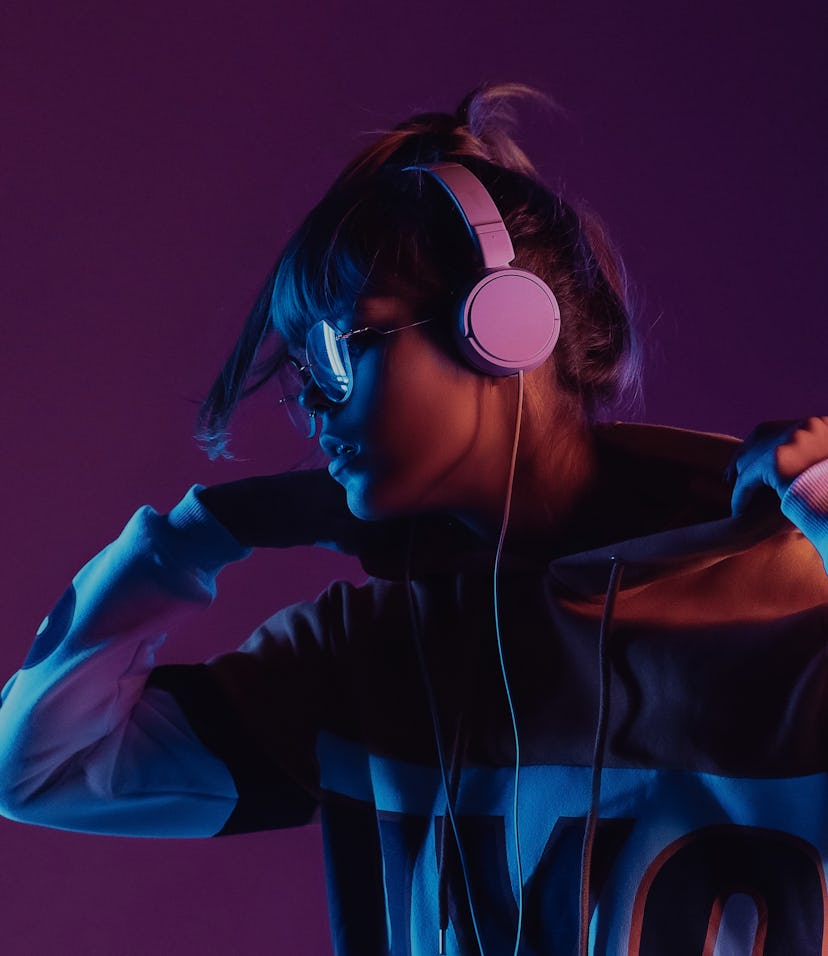Culture
Google's new 'Hum to Search' feature is a blessing
The perfect answer to that song stuck in your head.

Google is going to help you find that pesky song stuck in your head. All you need to do is "hum, whistle, or sing a melody" into its app, be it on Android or iOS. The company made the announcement in today's Search on 2020, and it's most likely going to be the biggest hit from today's event.
Sure, Google is trying to help reporters consolidate their findings and search for original documents in their investigative projects with its new program. But nothing really beats a feature like humming into your mic and finding out that you were thinking of that incredibly annoying and yet strangely addictive song "Dance Monkey" by Tones and I. We blame TikTok.
Test run — I ran Hum to Search on my phone and hummed a few popular songs. Google was able to identify a Frank Sinatra tune, "Lacrimosa" by Mozart, and a few others.
Google won't be able to identify every single song on Earth, though, so you will have some errors. For example, I listen to Aphex Twin so I tried humming "Come To Daddy" and got nothing. I tried humming the famous Macarena and got nursery rhymes in return. This isn't a problem, to be clear. Sometimes your machine won't know what the heck you're singing, and that's fine.
How it works — It's a rather delightful example of machine learning at work. According to Google, your humming notes are translated into mathematical data by its machine learning model. Music is, after all, math on some level with its notes, keys, and sequences. This set of sequences from your voice is then parsed by the learning model as a set of notes.
The model then compares it with other similar sets to data to find the original source. It is essentially stripping the song of its lyrics, instruments, and other details and rendering it to a fundamental and simple iteration of sequences. You can think of it as an audio fingerprint to identify a song. Google will use a library of thousands of songs to identify the one you're looking for. It's a brilliant instance of machine learning as the model is comparing your personal hummed audio and a studio-recorded version of the song.
None of this is truly new, however. In 2017, Now Playing in the Pixel 2 could help you find that annoying song stuck in your head.